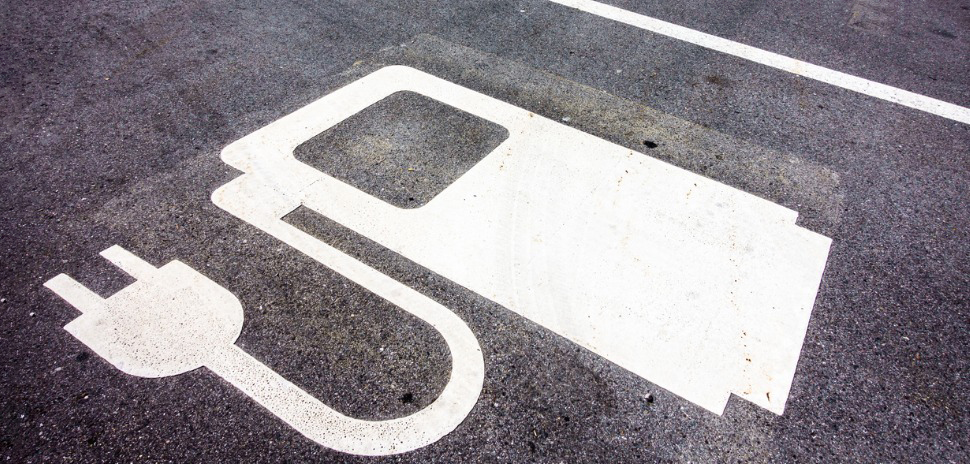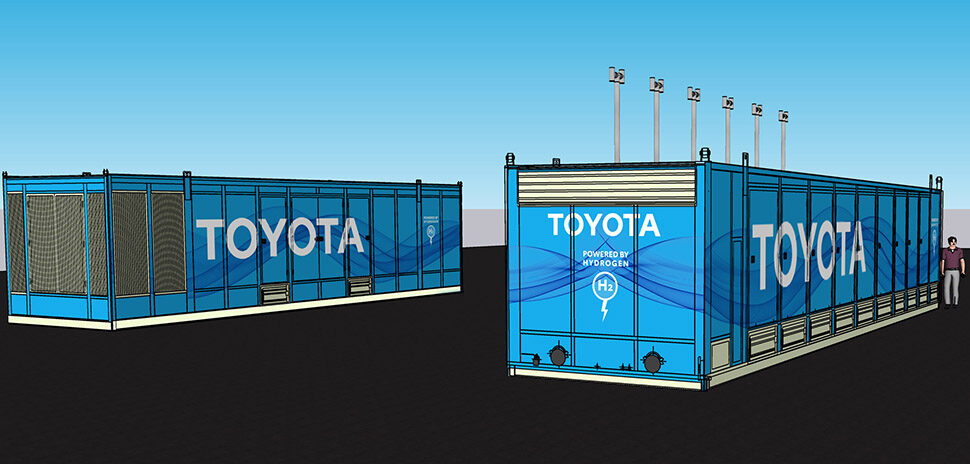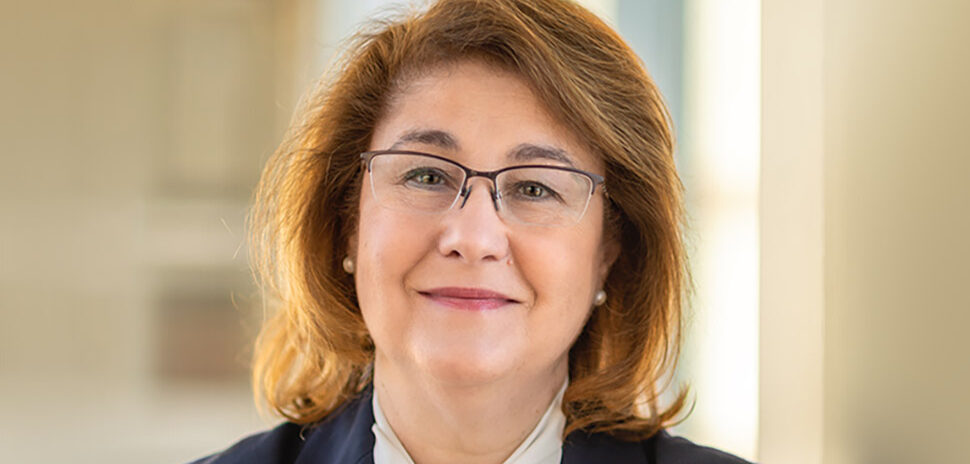The nation is focused on achieving a more carbon-free environment. To help achieve that, Plano-based Toyota North America has announced a new company vision to help underserved communities achieve a future with electrified mobility.
Called Empact, the program follows the company’s guiding principles of “Mobility for All” and leaving no one behind.
“Our vision will be our guide as we work with local and state officials to identify communities where Empact might help address issues related to EV charging access and affordability,” Christopher Reynolds, EVP and chief administrative officer, Corporate Resources, Toyota Motor North America, said in a statement. “Providing EV charging solutions will empower consumers to make decisions that will not only have a positive impact on the environment but accelerate the adoption of electrified vehicles as well.”
The company said that Empact is based on the combination of “environmental impact,” focusing on Toyota’s movements towards carbon neutrality, and “empowering action,” which represents the efforts Toyota is making to design a more equitable and inclusive deployment strategy within underserved communities.
Addressing access and affordability
The company said that the strategy centers around three fundamental areas: access to charging, providing affordable mobility solutions, and reducing carbon emissions.
To address the issue of access to charging, Toyota said it will work with partners and cities to identify ideal locations for charging station deployment to serve customers more efficiently. At first, targeted locations will include places without off-street or private parking, including areas of higher population density in multifamily housing, Toyota said.
To tackle affordability, Toyota will explore how to enable more cost-effective public charging to allow for greater adoption of battery electric vehicles.
Today, DC fast charging can be up to nearly three times more expensive than home charging, which disproportionately burdens those who rely on public charging, the company said.
Toyota also will continue providing a portfolio of electrified vehicle options as part of the “Beyond Zero” vision, including four hybrid electric vehicles starting under $31,000, two plug-in hybrid electric vehicles, and the all-electric Toyota bZ4X.
Company luxury brand Lexus also provides eight electrified vehicle options, including the all-electric RZ 450e.
Toyota said that its KINTO mobility solution is exploring how it can support the endeavor by improving access to zero-emission rental vehicles for business or personal use, allowing more drivers to benefit from battery electric vehicles without the expense of vehicle ownership.
Reducing emissions and partnering with WattTime
The company said that the third area it will focus on is reducing emissions associated with vehicle charging, helping to improve air quality for everyone, but especially those in underserved communities who often face a disproportionate share of the burden.
Toyota said it has started working with WattTime, a nonprofit organization that recommends times to charge battery and plug-in hybrid electric vehicles when charging from the grid is forecasted to have lower carbon emissions or is likely to have a lower potential health impact over the long term to people who live near power plants.
Toyota’s Clean Assist opt-in program allows customers in the U.S. with an active Remote Connect trial or subscription and a Toyota or Lexus BEV, or Toyota or Lexus PHEV in California, to get all of their charge matched with renewable electricity.
The company will advance the implementation of its Empact vision on a per-project basis, with the first programs being announced later this year.
Toyota said its electrification efforts have put more than 22 million electrified models on the road. That’s more than all other automakers combined, Toyota said.
Through 2030, Toyota said it will invest more than $70 billion globally in vehicle electrification including up to $35 billion in battery electric vehicles.
![]()
Get on the list.
Dallas Innovates, every day.
Sign up to keep your eye on what’s new and next in Dallas-Fort Worth, every day.


































































